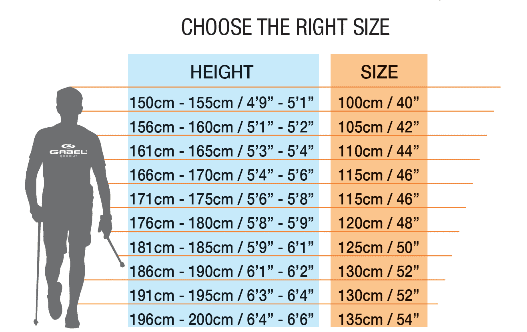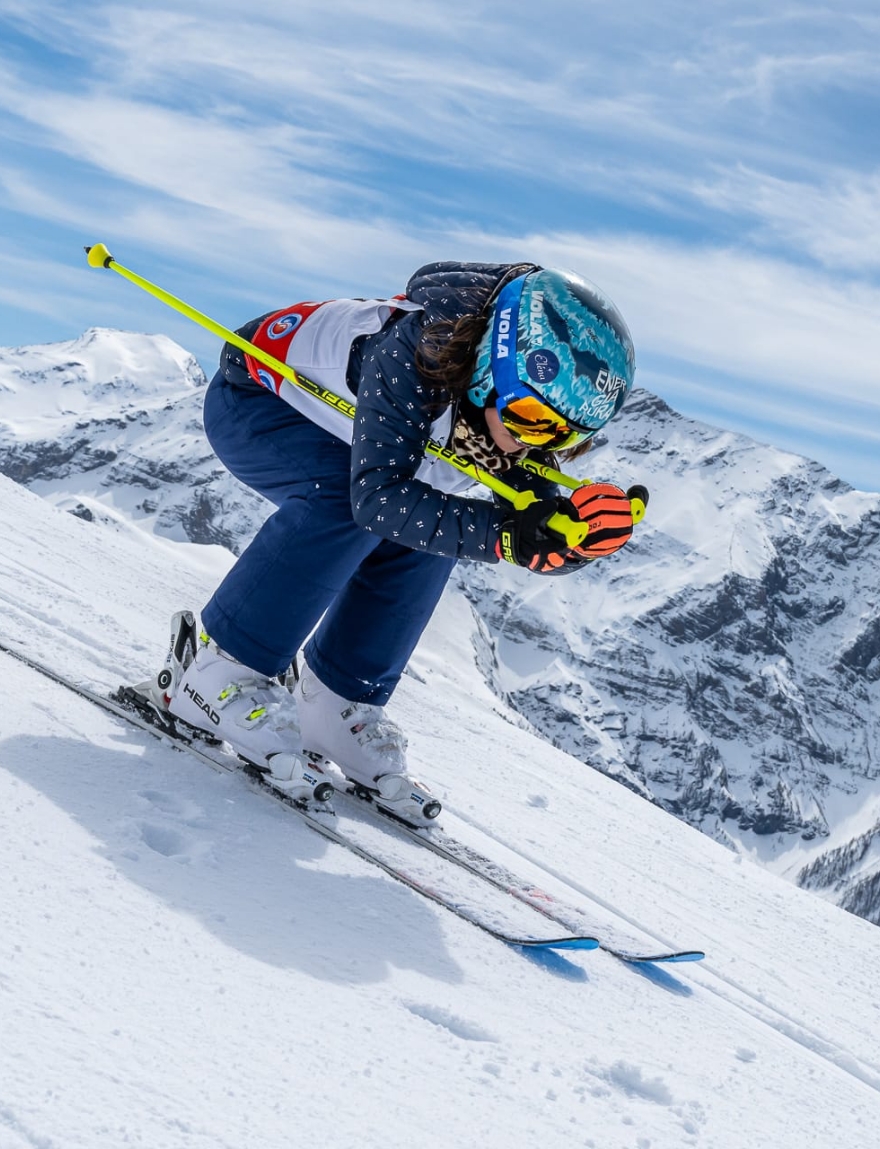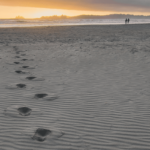The web is full of Nordic Walking gurus with poles matching the background of the moment. Dazzling smiles are immortalized with new poles. Nordic Walking has not only become a sport appreciated by many but also a real trend.
Courses and walking groups are not lacking, as you do not expect fake professionals of the stride. But how do you really do Nordic Walking? What do you need to practice it? How do you choose the poles? What are the first steps to take? We talk about all this in a practical guide on Nordic Walking explained well and in a simple way!
What is Nordic Walking
This activity is a Finnish sport designed for the training of cross-country skiers during the summer season. Since Finland in the 1930s, it has established itself worldwide for its technique and the important psychophysical benefits it brings.
Why it’s so important
Nordic Walking is really a sport with many positive aspects. In addition to contributing to the well-being of the back, it helps to improve posture and coordination. It is one of the most suitable sports to prevent osteoporosis and to stimulate arterial and venous circulation.
Some sector studies have seen in it the most suitable path for rehabilitation post breast cancer and post covid-19. In addition, it is the subject of studies on Parkinson’s disease.
This sport combines physical training with the beauty of the surrounding environment. Hills and plains are the most suitable natural environments for Nordic Walking. This sport requires a flat and compact ground to run the pace in the right way. The beach, however, can be another solution to walk with poles: we talk about it right here (link)
The union of enviroment and sport creates a good situation to reduce stress.
What you need to do it
Nordic Walking requires a few simple things
• Sports clothing
• Comfortable shoes
• Nordic Walking poles
Nordic Walking poles are characterized by a specific grip and tie. The shape of these elements is designed to allow a good control during the walk and the realization of all the phases of the technique.
The grip and tie are the biggest difference compared to trekking poles.
The differences between Nordic Walking and trekking poles depends on the purpose of their use. In trekking, the poles are mainly used for the redistribution of weight and for a better balance in the most difficult points of the route. In Nordic Walking, the poles have the function of pushing us forward and increasing the speed of the walk. This also contributes to the training of the upper body.
Tube and tip are the other parts that complete the Nordic Walking pole.
How to choose Nordic Walking poles
Nordic Walking poles can be adjustable or fixed. Regardless of the type, the right size depends on your height. Let’s see how to understand the right height of the poles.
The measurement is carried out with a 90º bent arm. The distance from your elbow to the floor is the height of your pole. Here is a table that can help you to understand the right size for you:

Once you understand the size, you are ready to choose the type of poles.
Adjustable poles
The adjustable pole, also called telescopic, is suitable for those who approach this sport for the first time. Available in 2 or 3 pieces or in reverse mode (that is with the shortest part at the beginning and not at the end of the pole), the adjustable pole is ideal for those who must become familiar with the technique of Nordic Walking. If you’re a novice, here are the poles for you:

NORDIC-REVO ALU CARBON
Fixed Poles
As the name suggests, the fixed pole is not adjustable as it consists of a single tube. It is a typology chosen mainly by professionals, who have already acquired the technique. The fixed pole is the right option for who knows well the width of its pace. If you are a professional and are looking for winning models, here are the ones we recommend:

FX-75
How to do it: the simple technique explained
The heating
Before starting a few steps of Nordic, our advice is to do some warming up.. Be careful with ankles, pelvis, shoulders and neck. With slow and controlled circuitry, you should be able to get enough muscle heating to start the activity.
Legs and poles in pairs
The right arm pairs with the left leg and viceversa. Your look is high and focused on a point in front of you. The shoulders are soft and relaxed. You are ready to take the first step.
The walk begins
Your feet flank an imaginary line positioned between them and perform what is called “rolled foot”. This phase begins with the heel on the ground; it follows the sole of the foot, which extends up to the tip. It is the tip of the foot that concludes the roll with the final break.
The legs move naturally. Each foot “crosses” with its own pole thanks to a slight rotation of the pelvis. This also allows you to train your abdominal muscles.
During the walk, the poles should be held tilted between the 45° and the 50°. Every time your body passes the pole, let the grip from the grip, so as to complete the push by keeping your hand open.
How many times you should do Nordic Walking a week?
The training program depends on your starting situation and your health conditions. A person who does not have any particular diseases and has always done a bit of sport can start with sessions of 30 minutes for 2/3 times a week.
Did you like the article? Share this article with those who have not yet tried Nordic Walking or want to know more!


 Alpine Skiing
Alpine Skiing 





